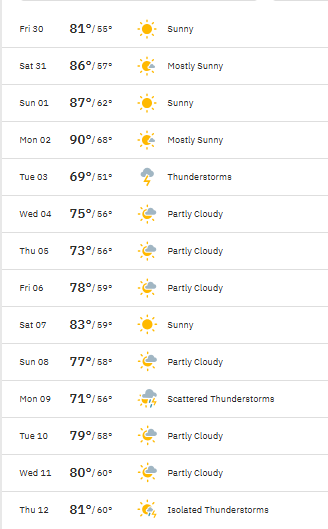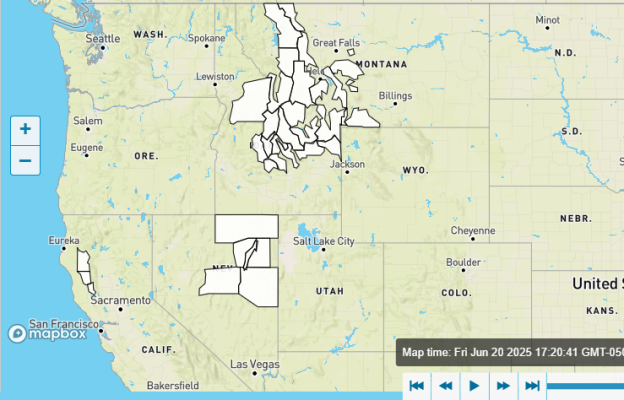- Joined
- Aug 17, 2020
- Posts
- 30,546
- Reaction score
- 46,053
- Bookie:
- $ 20,806.00
- Location
- Fence Rider Extraordinaire
Just missed me.
Slid to the East a couple of miles
I had a hook echo go over me. Nickel size hail shreddin' muh trees.
Now that the leading edge passed it's just a good ol' fashioned, slow moving, toad floater.








